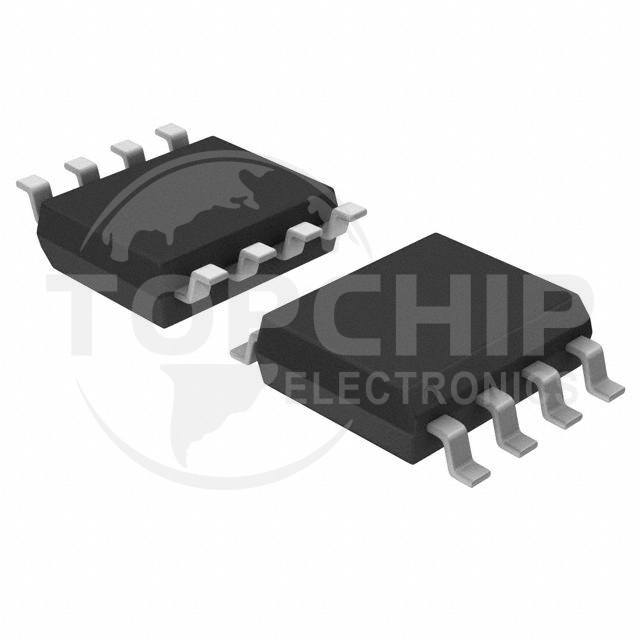A digital potentiometer is a digital device that integrates the function of a potentiometer and is commonly used for resistance adjustment in analog circuits. It is characterized by programmability, precision, and ease of adjustment, and is widely used in various electronic devices and circuits. The following will introduce the usage method and precautions of digital potentiometers.

Usage Method
1. Connect the Circuit: First, correctly connect the digital potentiometer to the circuit. Digital potentiometers typically have three pins: terminal A, terminal B, and ground (GND). Make sure to connect terminal A and terminal B to the corresponding components in the circuit and ground the ground pin.
2. Programming Control: The digital potentiometer is controlled and programmed through an I2C interface or serial interface. Set the desired resistance value or gain value parameters according to the data sheet provided by the manufacturer. Before programming, make sure to determine the working voltage range and maximum current parameters of the potentiometer.
3. Adjust Resistance Value: Through programming control, the resistance value of the digital potentiometer can be adjusted in real-time. Incrementally increase or decrease the resistance value as needed to adjust the performance or operating state of the circuit.
4. Verify Effect: After adjusting the digital potentiometer value, verify whether the circuit’s performance and effect meet the requirements. Confirm the adjustment effect of the digital potentiometer by measuring the circuit's parameters or observing the output results.
5. Stability Debugging: In applications, the digital potentiometer may be affected by temperature changes, environmental interference, etc., leading to resistance drift or instability. Therefore, regularly perform stability debugging to ensure the stability and reliability of the digital potentiometer.
Precautions
1. Input Voltage Range: When using a digital potentiometer, pay attention to its input voltage range and operating voltage, avoiding exceeding the specified maximum voltage to prevent device damage.
2. Durability: Digital potentiometers also have service life and durability requirements, requiring regular inspection and maintenance to avoid performance degradation or failure due to long-term use.
3. Temperature Control: High temperatures may affect the performance and stability of digital potentiometers; avoid prolonged exposure to high-temperature environments.
4. Anti-static Measures: When handling digital potentiometers, anti-static measures should be taken to prevent static electricity from damaging the devices.
5. Parameter Setting: When programming the digital potentiometer, set the parameters correctly to avoid adverse effects or circuit damage caused by incorrect configurations.
As a flexible and user-friendly electronic device, the digital potentiometer can effectively adjust the resistance value and gain of the circuit, improving circuit performance and flexibility. By operating correctly and following precautions, the functionality of the digital potentiometer can be better utilized to achieve more precise circuit adjustment and control.

